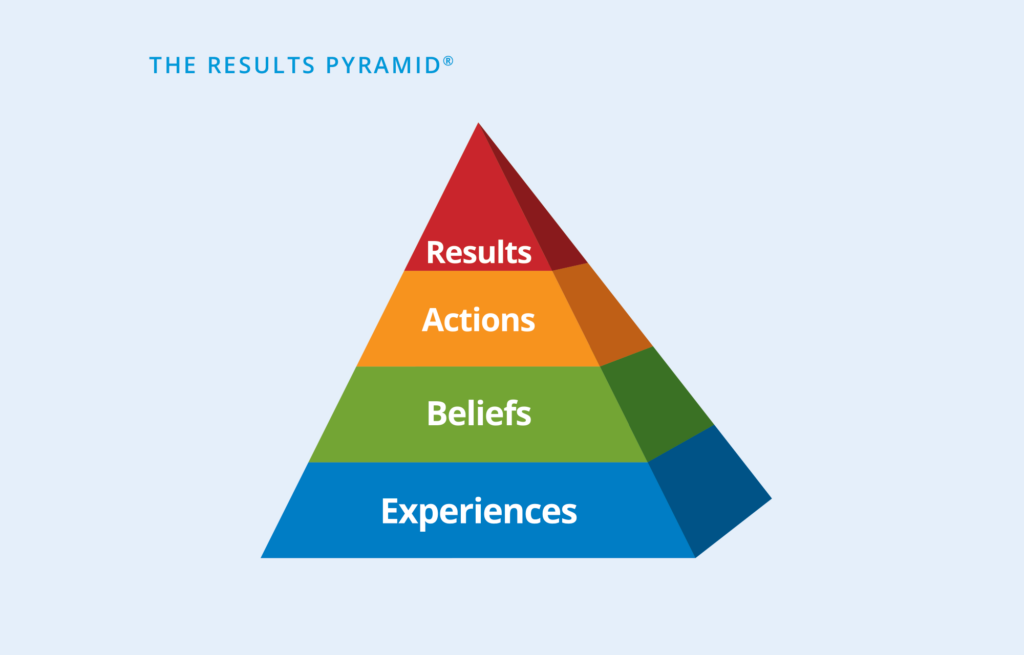For much of 2021 and into mid-2022, a core narrative seemed to be “No one wants to work anymore.” This was all tied to Quiet Quitting, The Great Resignation, and – later on – “QuitToking.” There was this idea, whether you thought it was tied to “free money” or a decline in work ethic, that no one wanted to work and it was hard for companies to find good people they needed to advance and grow.
That narrative is generally not true: While the economic headwinds right now are confusing, people are hiring, and people are getting hired.
The narrative you are hearing less about is that people have forgotten how to work.
We hear from executives and managers constantly that employees don’t work with pace – they dawdle on projects, take a week to finish something that could have been done in 2-3 hours, and generally seem unclear on priorities.
As a leader, I have, in the past, experienced that with my team members. The voice in my head asks “What on earth are they doing all day?”
At the highest levels, here’s a couple of reasons why people might be struggling with “how” to work:
- The most obvious is that the pandemic changed work norms and we’re still in a complicated dance around “What is productivity?” and “How much surveillance of employees is justified?”
- Related to that, COVID didn’t really change the fundamentals of work (products and services, employees getting a salary or an hourly wage, etc.), but it did change our connection to work – in terms of, a lot of people re-evaluated and said “This is not the biggest thing in my life anymore.”
- Managers are not doing a good job training up the next generation of workers. Some managers are excellent at this, but not all.
- Maybe we are a bit lazier?
If this idea about “how we work” is even remotely true, how could that inform our hiring processes?
Realistic project previews
The logical truth of the resume submission + interview(s) hiring process is that it’s cheaper for companies to manage. We’ve known for decades now that realistic job previews are a better indicator of someone’s ability to fit within a culture work-wise, but realistic job previews are expensive to coordinate and logistically daunting. I’ve known some companies that fly people out to work alongside potential future teammates for three days, but you see less and less of that in an era of “belt tightening.”
You will see work samples requested, or sample projects, in certain hiring processes. There has been a pushback on these in recent years because candidates view it as “free work” (some validity there) and are reluctant to offer it. Some hiring managers don’t have the time to assess six projects from final candidates, so that’s why other organizations just keep with the job posting + a few rounds of interviews model, even though we know that a few generic interviews won’t land you the best fit, purpose-wise or culture-wise or even work style-wise.
I’d recommend a sample time management exercise: give your finalists 3-4 competing projects and the scope of each project, and ask them to diagram out (in writing or on video) how they’d go about determining order of work, pace of work, who they’d ask for advice and context, etc. See how they think about managerial structure and asking questions and prioritizing tasks. That will tell you a lot about them in terms of fitting in with your work style as a group.
Would some hiring managers recoil from this, and think it’s more things to evaluate? Of course. But if you want quality people, you need to know how they work, not just what they’re previously done.
What managers need to do with existing employees
Managers and executives need to get better at having conversations and listening to employees – and, honestly, leaning into some form of “love,” i.e. agape love (where you will the good of another). You need to be asking your people:
- How do you feel about what you’re doing?
- What’s hard about it?
- What’s easy?
- What do you enjoy?
- Where could you contribute more?
- How am I good and not good at explaining what’s a priority?
- How do you decide what to work on in a given day?
- How could I be better at driving what you work on?
Asking these questions of current employees also informs your hiring approach – because you have a sense of who’s doing what, what’s important to this team, and where blockers are.
The reason we have bosses and hierarchies, despite their flaws, is that people need to be marching in the same general direction – ideally, every day, you’d work with a solid pace and quality output on what your boss deems important. Again, not that simple, but that’s how work should be. We’ve gotten far afield of that in some organizations because of bad promotions into management, declining culture, COVID work shifts, new financial models, constant pivots, and more.

The most powerful cultural change you can make at work is to shift the experiences of the people you work with, which in turn will shift their beliefs. And the easiest way to shift experiences is to just listen and talk to people about what matters, what’s hard, what’s easy, and what’s a priority. Show up, and actively listen.
And as you hire, bake in an understanding of how people work, not just what they’ve previously done.




